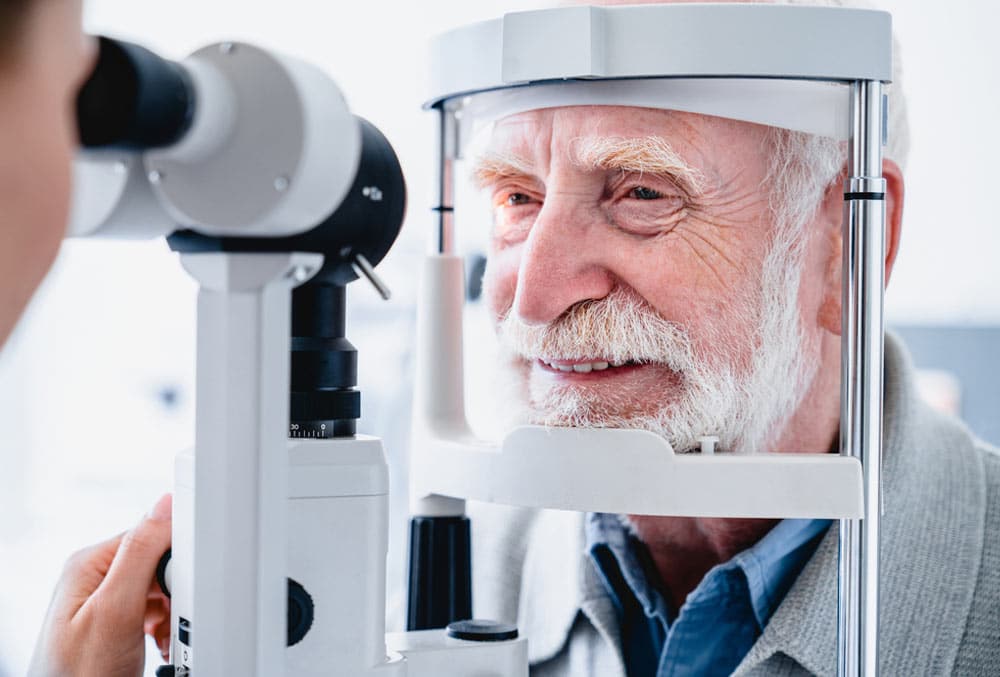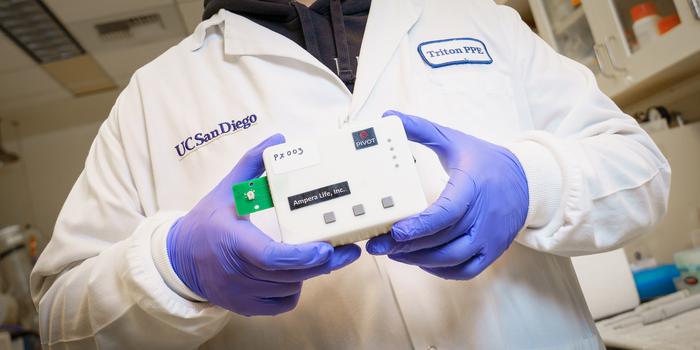Uterine fibroids are a condition that many individuals may encounter during their reproductive years. Understanding what they are, recognizing their symptoms, and exploring fertility-preserving options—including procedures like uterine fibroid embolization—can help in making informed decisions. This post provides clear insights into these areas and highlights the value of seeking professional guidance.
What Are Uterine Fibroids?
Uterine fibroids are noncancerous growths that develop within or around the uterus. They vary in size, with some being so small they are barely detectable, while others grow large enough to alter the uterus’ shape. Fibroids may develop in different parts of the uterus, including the inner lining, the muscle layer, or outside the uterus.
The exact cause of fibroid development is unknown, but their growth often relates to hormones like estrogen and progesterone. Individuals are more likely to develop fibroids during their reproductive years when hormone levels fluctuate. Research suggests that factors such as genetics might also influence their occurrence.
What Symptoms Should You Watch?
Fibroids can affect individuals differently. Some people experience no symptoms, while others face significant challenges in their daily lives. Understanding the symptoms can help in recognizing and managing the condition more effectively.
Common symptoms of fibroids include:
- Heavy menstrual bleeding: Prolonged periods or frequent passing of large blood clots, which may result in fatigue or anemia.
- Pelvic pain and pressure: Larger fibroids may press against nearby organs and cause discomfort during activities or daily tasks.
- Bladder or bowel issues: Pressure on the bladder can lead to frequent urination, and pressure on the bowel may cause constipation.
- Pain during activities: The size and location of fibroids can make physical movement or daily tasks uncomfortable.
- Difficulty with conception or pregnancy complications: In some cases, fibroids may interfere with fertility or cause challenges during pregnancy.
If you’re experiencing any of these symptoms, speaking with a healthcare professional opens the door to exploring options like uterine fibroid embolization and other treatments. Early detection and treatment can significantly improve your quality of life.
What Treatment Options Protect Fertility?
Preserving fertility is often a priority when addressing fibroids. Medical and surgical interventions vary depending on symptoms, the size and location of the fibroids, and personal reproductive goals. Noninvasive approaches, such as certain medications, may help manage milder symptoms for some people.
For more severe symptoms or when fibroids affect fertility, surgical options are available. Myomectomy involves removing fibroids while preserving the uterus and is a choice for those planning to conceive. Another procedure, uterine fibroid embolization, blocks the blood supply to fibroids, which can reduce their size and symptoms. This minimally invasive option may suit some individuals, especially when myomectomy is not the preferred choice. For those not focused on conception at the moment, monitoring fibroid growth over time or evaluating alternative therapies can help manage symptoms. Fibroid embolization stands out as a fertility-sparing procedure that preserves the uterus and offers a treatment path for people seeking less invasive approaches.
Consult a Uterine Fibroid Embolization Specialist
Understanding uterine fibroids and their connection to reproductive health can be complex. Consulting a specialist helps provide tailored guidance on managing symptoms, reviewing treatments such as uterine fibroid embolization, and discussing your fertility goals. Reaching out early sets the stage for better outcomes, especially if you’re thinking of starting or growing your family. If fibroids are affecting you, schedule a consultation to explore your options and find the approach that fits your needs.





Leave a Reply